Home>Articles>What Do You Put Down First Grass Seed Or Fertilizer
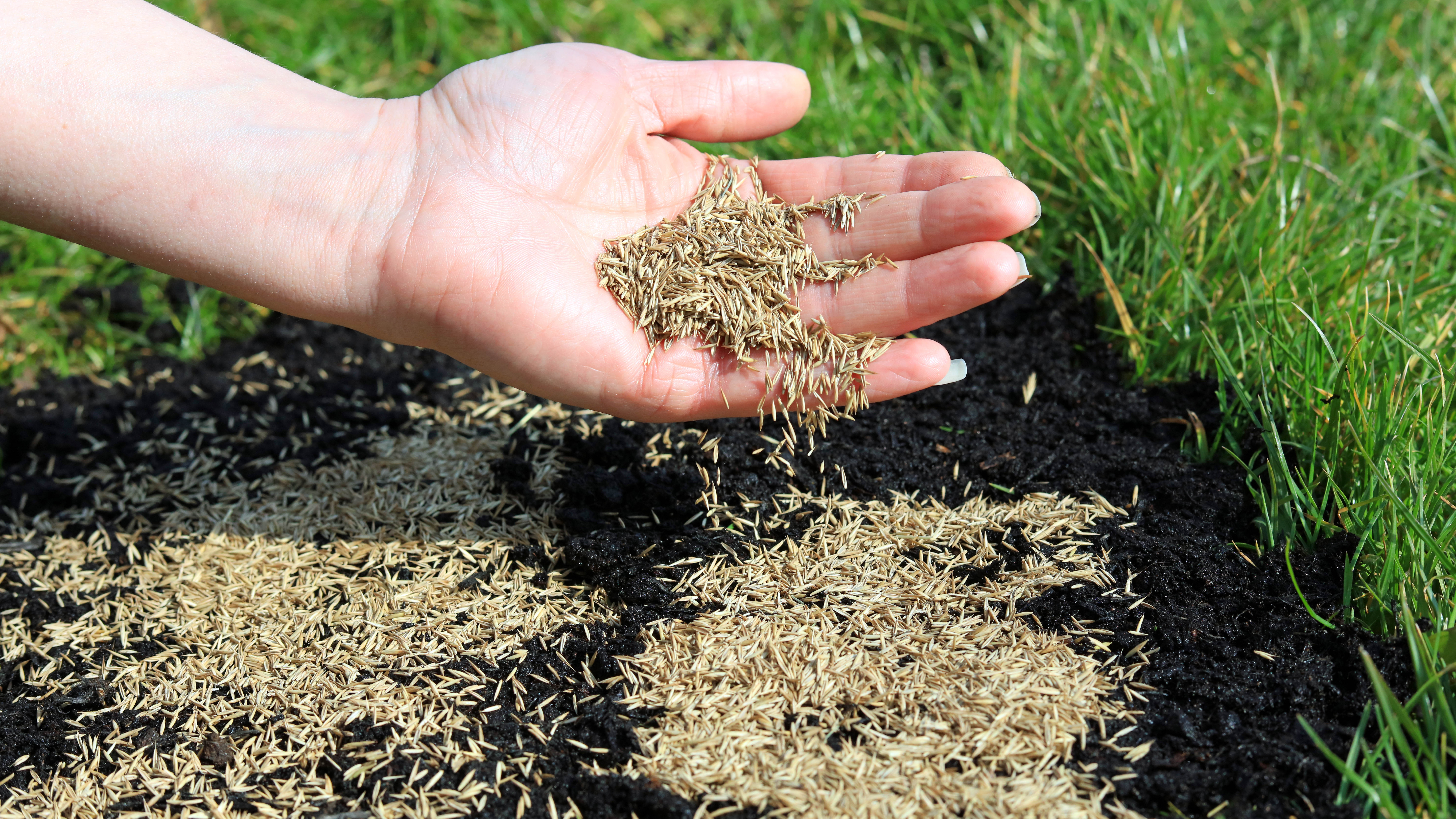

Articles
What Do You Put Down First Grass Seed Or Fertilizer
Modified: September 2, 2024
Learn the best practices for seeding your lawn. Find out if you should put down grass seed or fertilizer first and improve your lawn's health with our insightful articles.
(Many of the links in this article redirect to a specific reviewed product. Your purchase of these products through affiliate links helps to generate commission for Storables.com, at no extra cost. Learn more)
Introduction
When it comes to establishing a lush and healthy lawn, two key components play a crucial role: grass seed and fertilizer. However, there is often confusion about the order in which these should be applied. Should you put down grass seed first or fertilizer? The answer depends on several factors, including your soil condition, the type of grass you’re growing, and the specific needs of your lawn.
In this article, we will explore the importance of grass seed and fertilizer, discuss the factors to consider before seeding, and provide guidance on whether to use fertilizer before grass seed, grass seed before fertilizer, or a combined approach. By understanding these considerations, you can make an informed decision and ensure the best possible outcomes for your lawn.
Key Takeaways:
- The order of applying grass seed and fertilizer depends on factors like soil condition, grass type, and climate. Understanding these factors is crucial for establishing a vibrant and resilient lawn.
- Best practices for seeding and fertilizing, such as soil preparation, proper watering, and regular maintenance, are essential for maximizing the success of lawn establishment. Following these practices leads to a beautiful and healthy lawn.
Read more: What Do You Put Flax Seed In
Importance of Grass Seed and Fertilizer
Grass seed and fertilizer are essential elements in establishing and maintaining a healthy lawn. Let’s take a closer look at why each of these components is crucial:
Grass Seed
Grass seed is the foundation of your lawn. It is responsible for growing new grass plants that will eventually form a dense, green carpet. Choosing the right type of grass seed is crucial as different grass varieties have varying characteristics such as drought resistance, shade tolerance, and durability.
Grass seed offers several benefits:
- New Growth: Grass seed allows you to fill in bare patches, repair damaged areas, or establish an entirely new lawn from scratch. It helps to create a uniform and healthy lawn surface.
- Variety Selection: Grass seed allows you to choose the type of grass that suits your climate, soil conditions, and maintenance preferences. From cool-season grasses like Kentucky bluegrass to warm-season varieties like Bermuda grass, the options are extensive.
- Improved Aesthetic Appeal: A dense and well-maintained lawn enhances the curb appeal of your home, making it more visually appealing and increasing its value.
Fertilizer
Fertilizer is a nutrient-rich product that provides essential elements to support healthy grass growth. It helps to replenish the nutrients that may be lacking in your soil, enabling your grass to thrive. Fertilizer offers several advantages:
- Nutrient Supply: Fertilizer supplies the necessary nutrients, such as nitrogen, phosphorus, and potassium, which are vital for plant growth and development. These nutrients promote root growth, improve color and density, and enhance resistance to stressors like drought and disease.
- Soil Improvement: Fertilizer can improve soil structure, fertility, and nutrient-holding capacity, enhancing the overall health of your lawn.
- Better Absorption: Fertilizer helps improve the absorption of nutrients from the soil, allowing grass plants to take up the essential elements they need for growth.
By using a combination of grass seed and fertilizer, you can maximize the benefits of both components and achieve a vibrant and resilient lawn.
Factors to Consider Before Seeding
Before deciding whether to apply grass seed or fertilizer first, it’s important to consider several factors that can influence the success of your lawn establishment. These factors include:
Read more: When Can You Put Down Grass Seed
Soil Condition
The condition of your soil plays a crucial role in determining the effectiveness of grass seed germination and root establishment. Factors such as soil pH, compaction, drainage, and nutrient levels can impact the growth of grass plants. Conducting a soil test can help you understand the specific needs of your soil and determine if any amendments, such as lime or organic matter, are necessary before seeding.
Type of Grass
Different types of grass have varying growth habits, preferences, and requirements. Some grass species are more tolerant of shade, while others thrive in full sun. Understanding the characteristics of the grass you intend to grow will help you make informed decisions regarding seeding and fertilization.
Climate and Season
The climate and season in your region also play a significant role in the success of your lawn establishment. Cool-season grasses, like Kentucky bluegrass and perennial ryegrass, thrive in regions with cold winters and mild summers. Warm-season grasses, such as Bermuda grass and Zoysia grass, are more suited to areas with hot summers and mild winters. Consider the climate and time of year when deciding on the best approach for seeding and fertilizing your lawn.
Existing Lawn Conditions
If you already have an existing lawn, consider its condition before deciding how to proceed. If the lawn is thin or has bare patches, overseeding with grass seed might be the best option. However, if the lawn is healthy and has good coverage, spot-treating with fertilizer or targeted seeding may be more appropriate.
Considering these factors before seeding will help you make an informed decision and set the stage for successful lawn establishment.
Read more: What Do You Put Under Fake Grass
Using Fertilizer Before Seeding
One approach to establishing a new lawn or repairing bare patches is to apply fertilizer before seeding. This method can provide several benefits for your grass:
Nutrient Availability
By applying fertilizer before seeding, you ensure that the soil is rich in essential nutrients needed for grass growth. The nutrients in the fertilizer, such as nitrogen, phosphorus, and potassium, help support healthy root development, promote vigorous growth, and enhance overall plant health. This can give your grass seedlings a strong start and increase their chances of survival.
Soil Quality Improvement
Fertilizer can improve soil quality by enriching it with organic matter, promoting microbial activity, and enhancing nutrient-holding capacity. This creates a favorable environment for seed germination and root establishment. Additionally, fertilizer can help address nutrient deficiencies in the soil, ensuring that your grass receives the necessary nourishment for optimal growth.
Weed Suppression
Using fertilizer before seeding can help suppress weed growth. The nutrients provided by the fertilizer encourage grass seedlings to grow quickly and establish themselves, outcompeting potential weed seeds for space, sunlight, and nutrients. This can help reduce weed infestation and give your grass a better chance to thrive.
Read more: When To Put Down Bermuda Seed
Potential Challenges
While using fertilizer before seeding can offer numerous benefits, there are a few challenges to consider:
- Risk of Seed Burn: Applying fertilizer with high nitrogen content can potentially burn the grass seedlings if not done correctly. It’s important to carefully follow the instructions on the fertilizer package and use a slow-release or controlled-release formula to reduce the risk of seed burn.
- Uneven Distribution: Ensuring an even distribution of fertilizer can be challenging, especially if you’re spreading it by hand. Uneven nutrient availability may result in uneven grass growth and color variations throughout your lawn.
- Competition for Nutrients: Applying fertilizer before seeding can lead to increased competition for nutrients between the grass seedlings and the existing plants. It’s crucial to choose a fertilizer with an appropriate nutrient ratio and use it sparingly to minimize potential competition.
Before applying fertilizer before seeding, carefully consider these factors and take appropriate precautions to ensure successful results.
Using Grass Seed Before Fertilizer
Another approach to establishing a new lawn or repairing bare patches is to apply grass seed before fertilizer. This method can offer several advantages for your lawn:
Promotes Strong Root Growth
By seeding your lawn before applying fertilizer, you allow your grass seedlings to establish strong root systems. Grass seedlings primarily rely on nutrients stored in the seed initially, and as they germinate and develop roots, they can absorb the necessary nutrients from the soil to support their growth. This approach encourages the grass to develop deep and robust root systems, which can contribute to long-term health and resilience.
Conserves Nutrients
When grass seed is applied first, the nutrients in the soil are primarily available for the seedlings as they begin to grow. This helps prevent excessive nutrient uptake by established plants, reducing the chances of over-fertilization. By conserving nutrients, you can create a more balanced and sustainable environment for your lawn.
Read more: What Do You Put Under Turf Grass
Reduced Risk of Seed Burn
When fertilizer is applied after grass seed, there is a reduced risk of seed burn. Seed burn can occur when high levels of nitrogen in the fertilizer are directly in contact with the delicate seedlings, causing damage or even death. By allowing the grass seedlings to establish themselves first, you minimize the risk of harm from fertilizer contact.
Read more: When To Put Down Bermuda Seed
Potential Challenges
While using grass seed before fertilizer has its advantages, there are a few challenges to keep in mind:
- Initial Nutrient Availability: Since grass seedlings initially rely on the nutrients stored in the seed, it’s important to ensure that the soil has adequate nutrient levels for their initial growth. Conducting a soil test before seeding can help determine if any amendments are necessary to provide the appropriate nutrients.
- Timing and Establishment: It’s crucial to follow the recommended seeding instructions for the specific grass variety you are growing. Proper watering and maintenance practices are also important for the successful establishment of the grass seedlings before fertilizer application.
- Addressing Soil Deficiencies: If your soil has nutrient deficiencies, they may need to be addressed later with a targeted fertilizer application to ensure the long-term health and vitality of your lawn.
Considering these factors and understanding the specific needs of your lawn will help you determine whether using grass seed before fertilizer is the best approach for your lawn establishment or repair project.
Combined Application of Grass Seed and Fertilizer
In certain situations, a combined application of grass seed and fertilizer may be the most suitable approach for establishing or repairing your lawn. This method offers a range of benefits:
Enhanced Nutrient Availability
Applying grass seed and fertilizer together ensures that the newly germinated seedlings have immediate access to essential nutrients. This promotes vigorous growth, encourages strong root development, and improves overall plant health. By combining grass seed and fertilizer, you provide the optimal conditions for your lawn to flourish right from the start.
Read more: What Is The Best Time To Put Grass Seed Down
Uniform Growth
A combined application of grass seed and fertilizer helps achieve more consistent and uniform growth across your lawn. Even distribution of both seed and fertilizer ensures that all areas receive an adequate supply of nutrients and grass seed, reducing the chances of patchy or uneven growth.
Time and Cost Efficiency
By combining grass seed and fertilizer application into a single step, you can save time and potentially reduce costs. Rather than performing two separate applications, a combined approach streamlines the process, making it more efficient and convenient.
Opportunity for Soil Improvement
During a combined application, you have the opportunity to introduce organic matter or soil amendments like compost or peat moss. These additions can improve soil structure, drainage, and nutrient-holding capacity, which benefits the overall health of your lawn in the long run.
However, it’s important to consider a few key factors when using the combined application approach:
- Timing: Follow the recommended timing for seeding and fertilizing based on the grass variety you are growing. Timing is crucial to ensure that the seed germinates and establishes before harsh weather conditions or excessive foot traffic impact its growth.
- Proper Application: Ensure even distribution of both grass seed and fertilizer across the lawn. Use a spreader to apply the products accurately and uniformly, following the manufacturer’s instructions.
- Choose Suitable Products: Select a fertilizer specifically formulated for new lawn establishment or overseeding. These products typically have a balanced nutrient ratio and often contain slow-release nutrients to provide a steady supply over time.
By carefully considering these factors and following best practices, a combined application of grass seed and fertilizer can yield excellent results, promoting the healthy growth and development of your lawn.
Best Practices for Seeding and Fertilizing
To optimize the success of your lawn establishment or repair project, it’s important to follow these best practices for seeding and fertilizing:
Read more: What Do You Put Under Astro Turf
1. Prepare the Soil
Before seeding, prepare the soil by removing any existing debris, weeds, or rocks. Loosen the top layer of soil with a rake or cultivator to create a favorable environment for seed germination and root establishment.
2. Conduct a Soil Test
Perform a soil test to determine the nutrient levels and pH of your soil. This will help you identify any deficiencies or imbalances and allow you to make appropriate amendments to provide the necessary nutrients for healthy lawn growth.
3. Choose the Right Grass Seed
Select the appropriate grass seed variety based on your climate, soil conditions, and lawn use. Consider factors such as shade tolerance, drought resistance, and maintenance requirements to ensure the best match for your lawn’s needs.
4. Follow Seeding Guidelines
Follow the recommended seeding rate and technique for the type of grass seed you are using. Whether using a broadcast spreader or hand seeding, ensure even coverage across the desired area. Rake the seed lightly into the soil to promote good soil contact.
Read more: What To Do If Fertilizer Burns Grass
5. Apply Fertilizer Appropriately
If applying fertilizer, follow the recommended application rate and timing specific to the product you are using. Avoid over-application, as excessive fertilizer can harm your lawn and negatively impact the environment. Apply fertilizer evenly across the lawn using a spreader or by hand, taking care to avoid any concentrated areas.
6. Water Properly
After seeding and fertilizing, water your lawn regularly and appropriately. Keep the soil consistently moist but not waterlogged to support seed germination and initial grass growth. Water deeply and infrequently, encouraging deep root development for a healthier and more drought-resistant lawn.
7. Maintain Carefully
Follow proper lawn maintenance practices such as regular mowing, appropriate fertilization, and effective weed control. Gradually adjust your mowing height as the grass seedlings grow, ensuring not to remove more than one-third of the grass blade at a time.
8. Monitor and Adjust
Regularly monitor the progress of your lawn and make any necessary adjustments. Keep an eye out for signs of weeds, pests, or nutrient deficiencies, and take appropriate action to address these issues promptly.
By following these best practices, you can maximize the success of your seeding and fertilizing efforts, leading to a beautiful and healthy lawn.
Read more: What To Put Down For Kids’ Play Area Outside
Conclusion
Establishing and maintaining a healthy lawn requires careful consideration of both grass seed and fertilizer. While there is some debate about whether to put down grass seed first or fertilizer, it ultimately depends on various factors such as soil condition, grass type, and individual lawn needs.
Grass seed is the foundation of a lush and vibrant lawn, allowing you to fill in bare patches, repair damaged areas, or establish a new lawn from scratch. It offers the opportunity to select grass varieties that are well-suited to your climate, soil conditions, and maintenance preferences.
Fertilizer, on the other hand, provides essential nutrients necessary for healthy grass growth. It replenishes nutrients that may be lacking in the soil, improves overall plant health, and enhances the lawn’s resistance to stressors like drought and disease.
Based on the factors to consider before seeding, you can choose whether to apply fertilizer before grass seed, grass seed before fertilizer, or opt for a combined application. Each approach has its benefits and potential challenges.
Determining the best approach for your lawn relies on understanding your soil condition, the type of grass you’re growing, and considering factors such as climate, existing lawn conditions, and your specific goals for lawn establishment or repair.
Remember to follow best practices for seeding and fertilizing, including proper soil preparation, choosing the right grass seed, performing a soil test, and following recommended seeding and fertilizing guidelines. Additionally, consistent watering, appropriate lawn maintenance, and regular monitoring will contribute to a healthier and more beautiful lawn.
By considering these factors and implementing best practices, you can establish a thriving lawn that enhances the beauty of your property and provides a welcoming outdoor space for you and your family to enjoy.
Frequently Asked Questions about What Do You Put Down First Grass Seed Or Fertilizer
Was this page helpful?
At Storables.com, we guarantee accurate and reliable information. Our content, validated by Expert Board Contributors, is crafted following stringent Editorial Policies. We're committed to providing you with well-researched, expert-backed insights for all your informational needs.
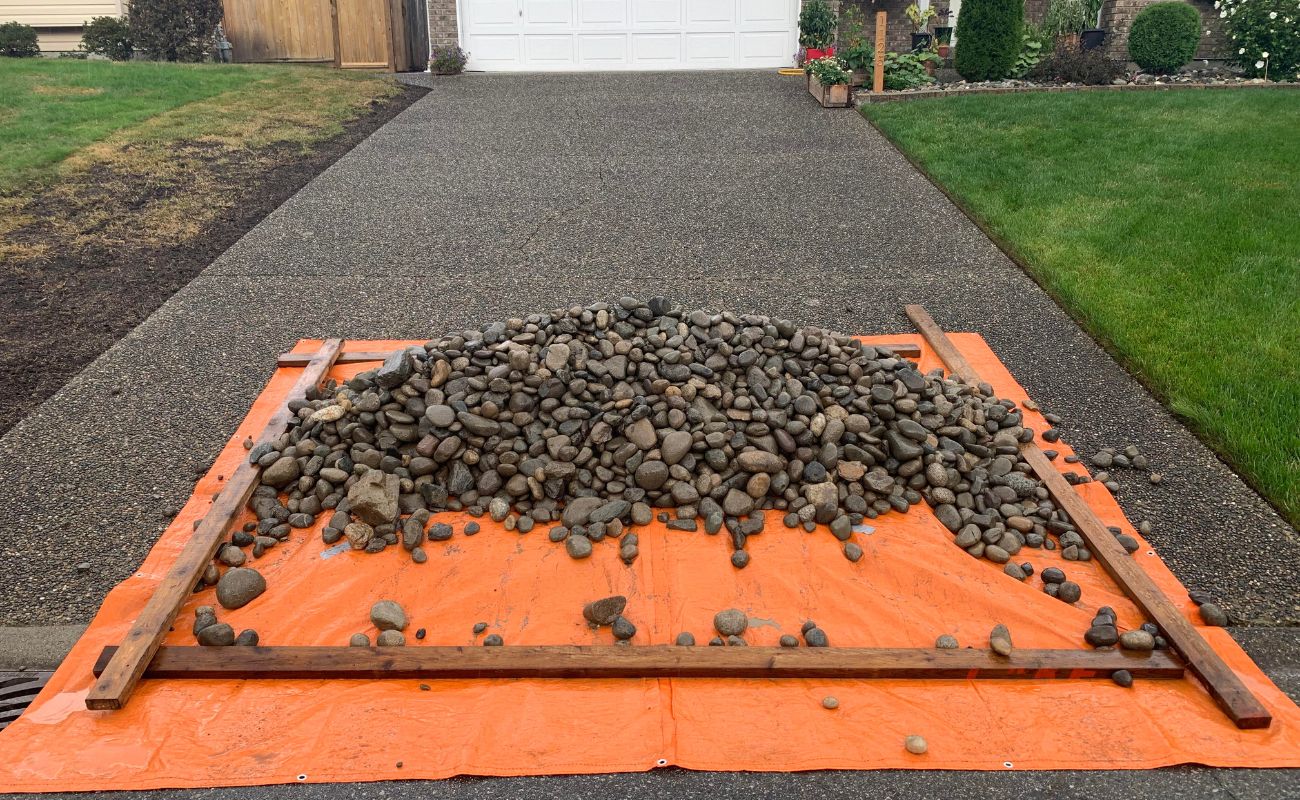
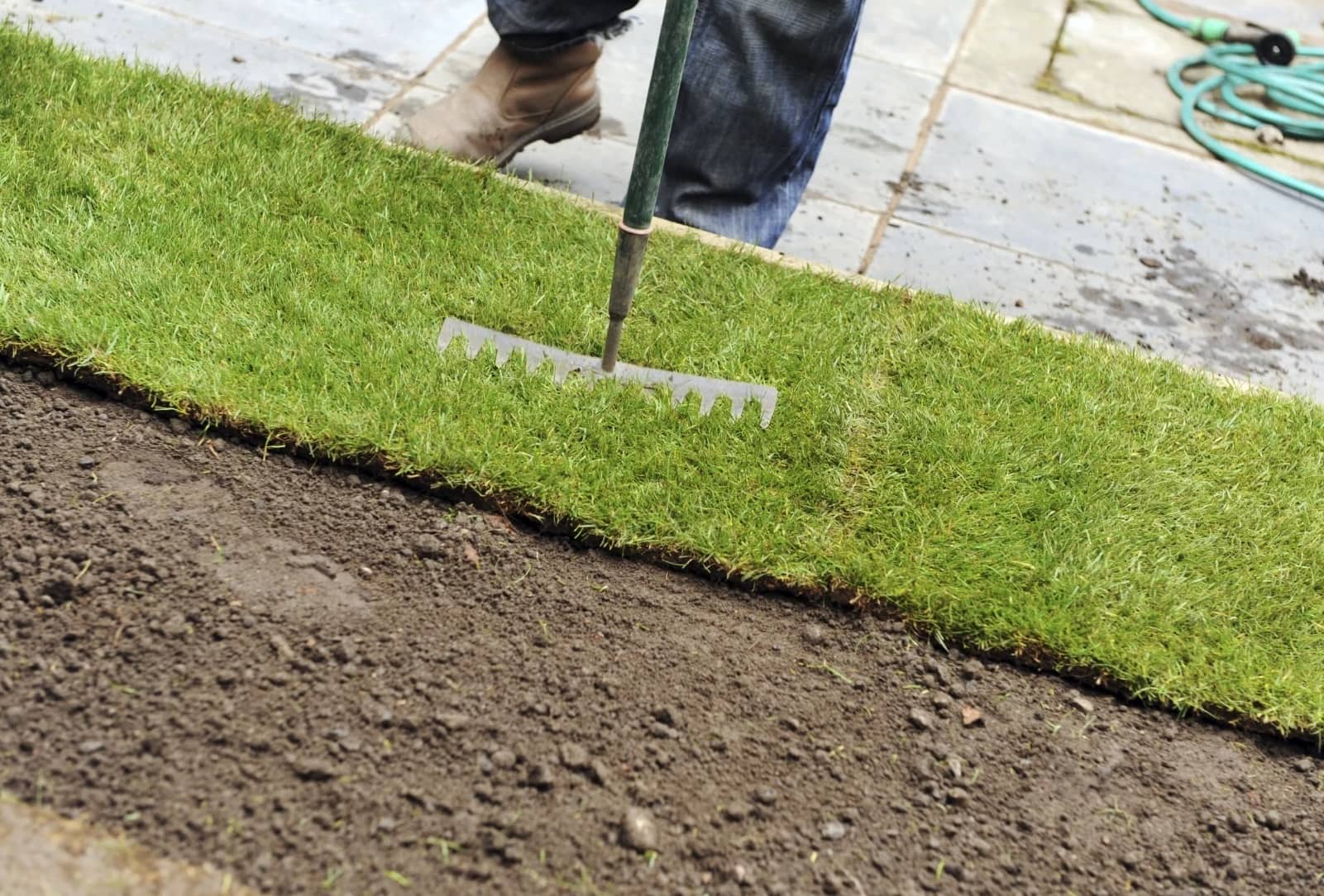
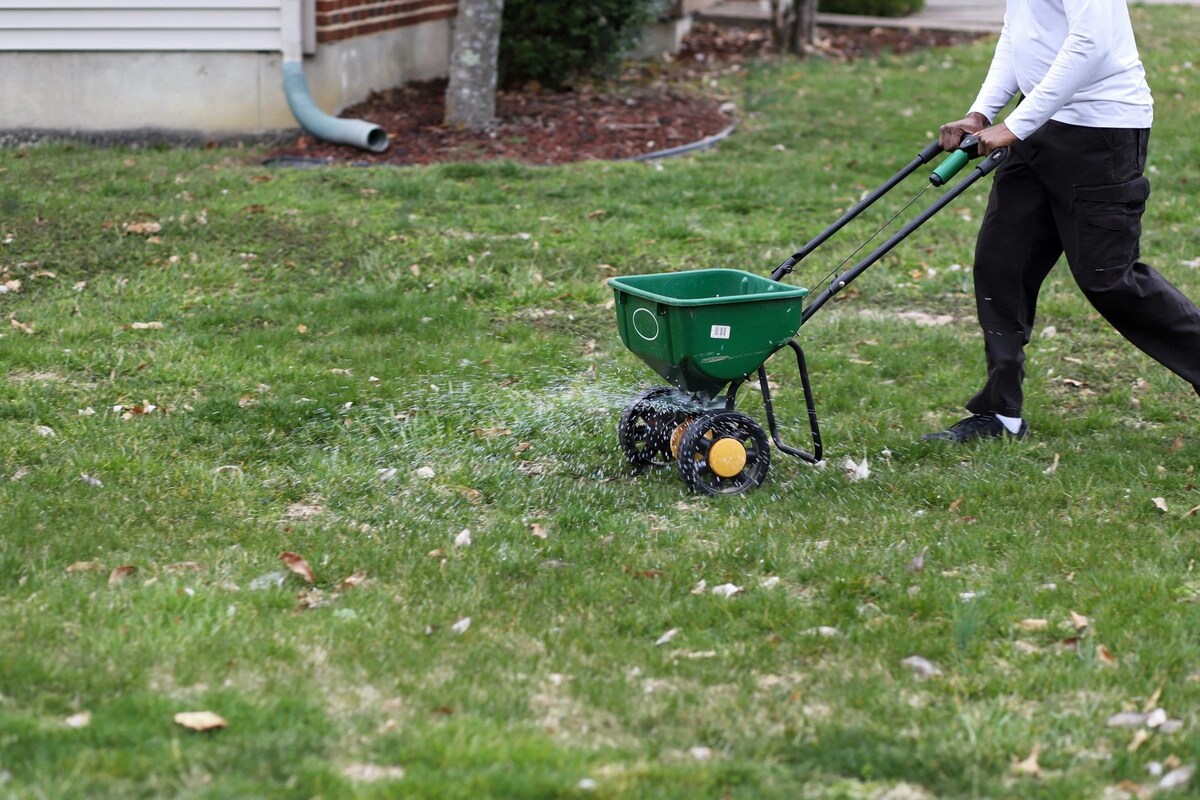
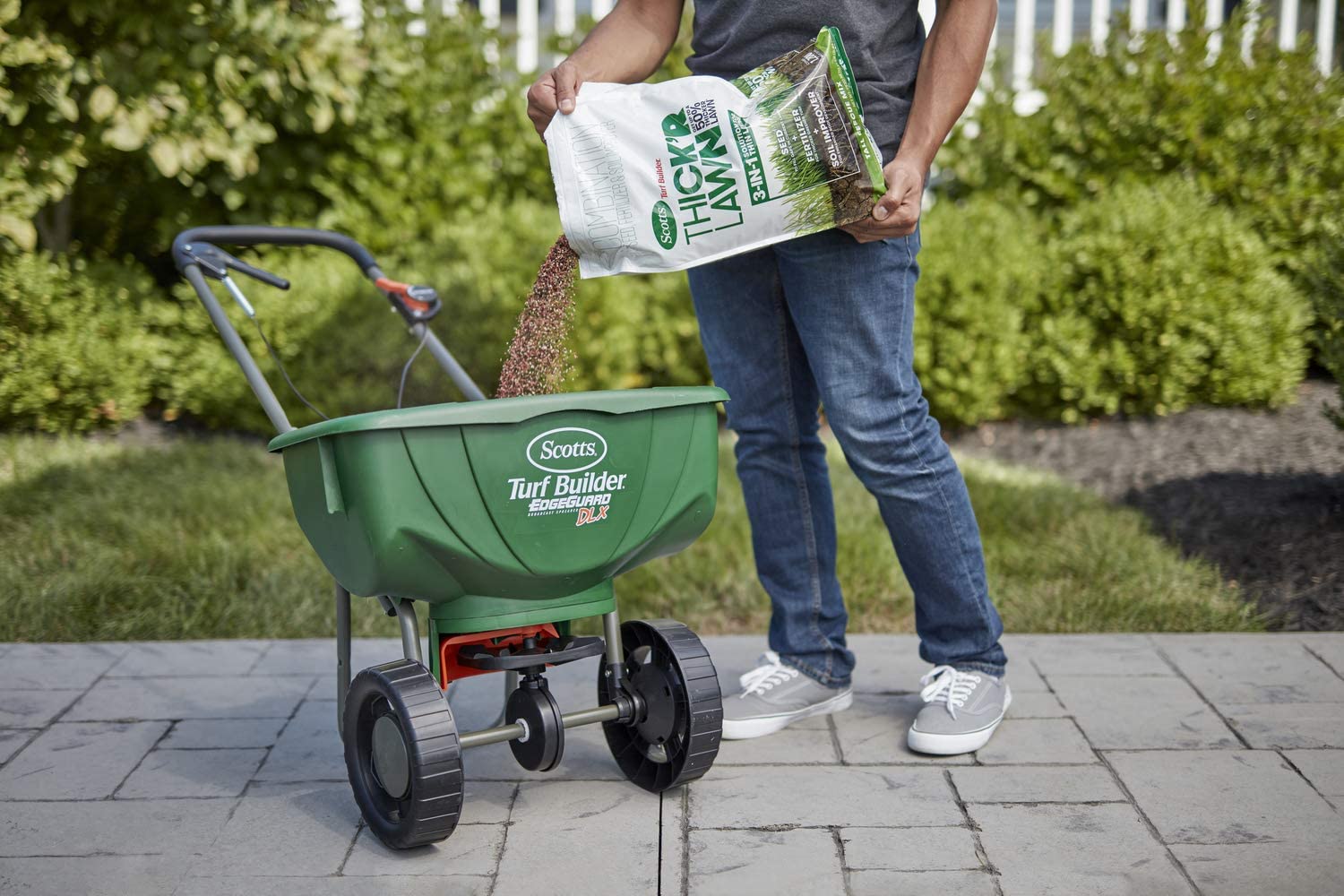
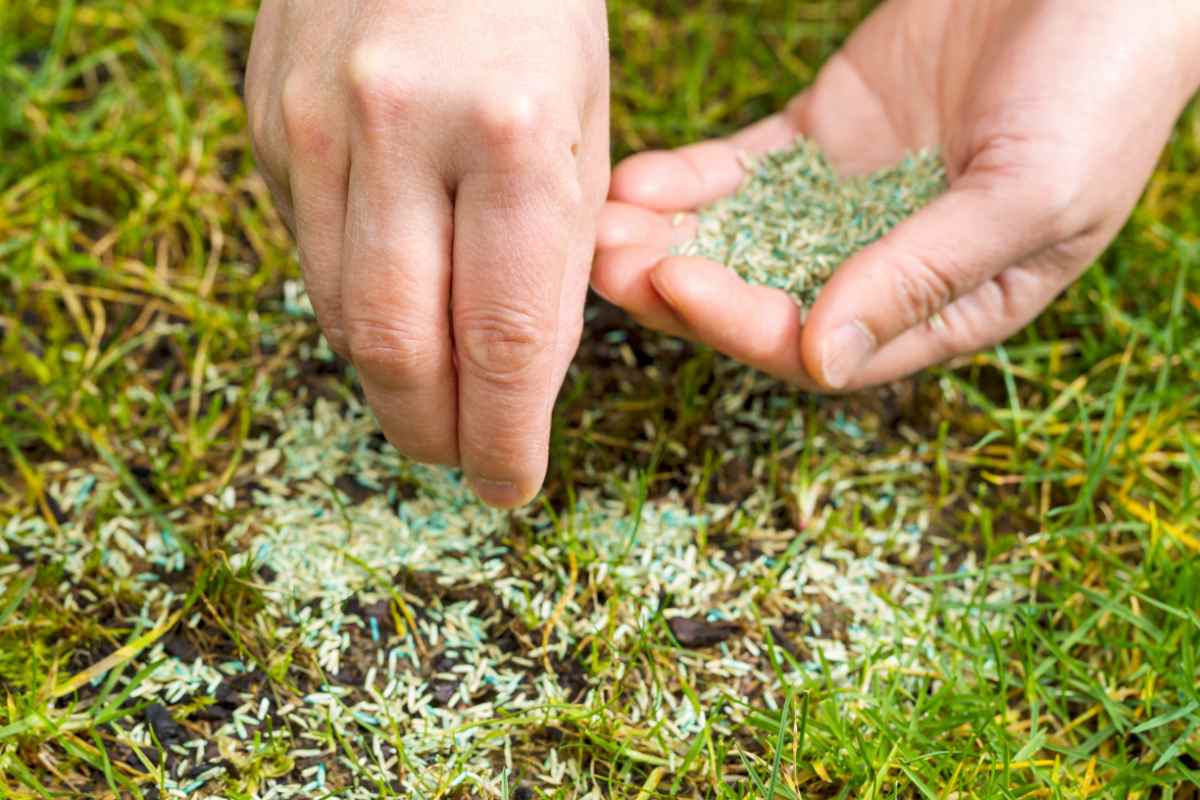
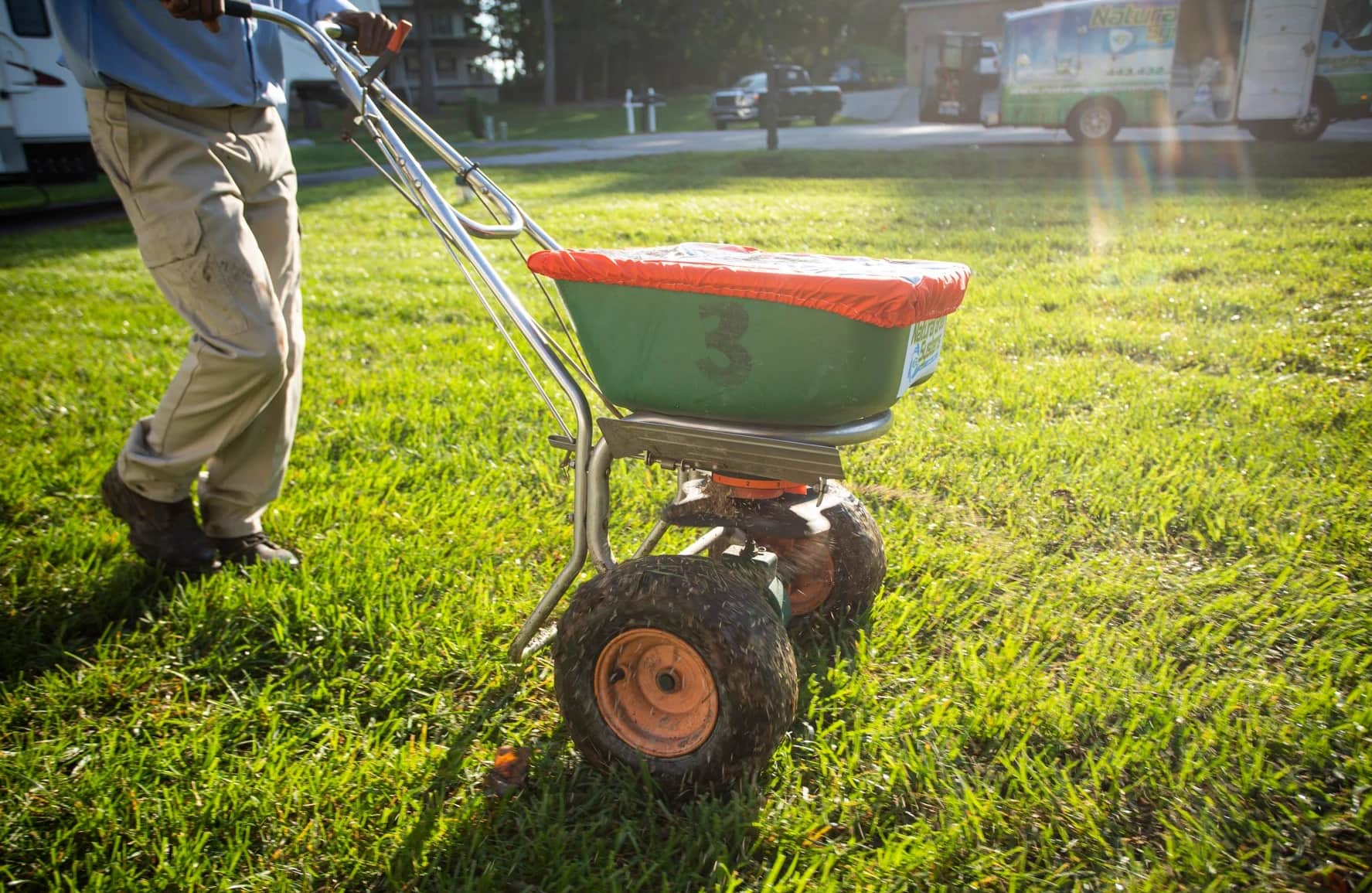
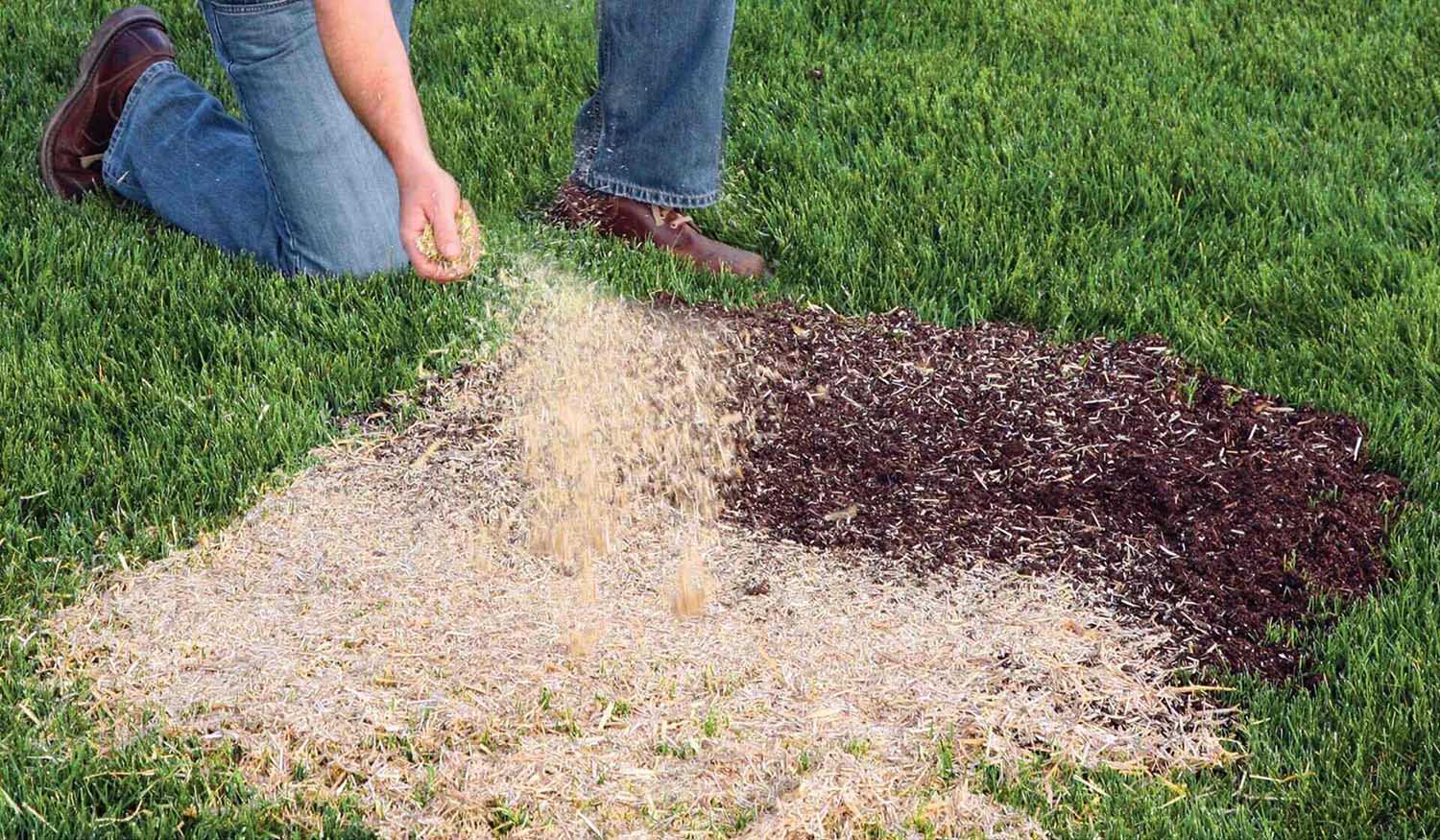

0 thoughts on “What Do You Put Down First Grass Seed Or Fertilizer”